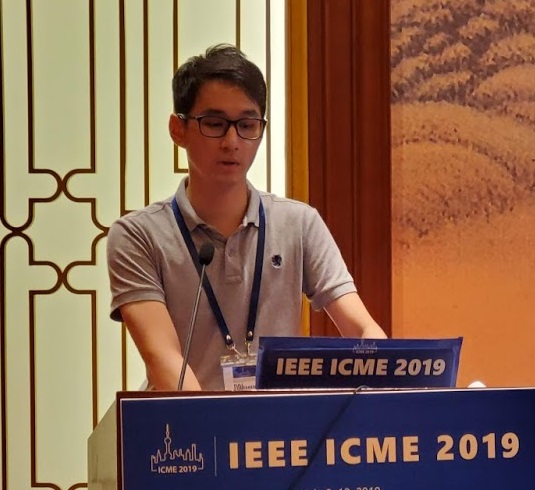Retrieving Implicit Information for Stock Movement Prediction
Published in ACM SIGIR, 2021
Previous studies on the financial news focus mainly on the news articles explicitly mentioning the target financial instruments, and may suffer from data sparsity. As taking into consideration other related news, e.g., sector-related news, is a crucial part of real-world decision-making, we explore the use of news without explicit target mentions to enrich the information for the prediction model. We develop a neural network framework that jointly learns with a news selection mechanism to extract implicit information from the chaotic daily news pool. Our proposed model, called the news distilling network (NDN), takes advantage of neural representation learning and collaborative filtering to capture the relationship between stocks and news. With NDN, we learn latent stock and news representations to facilitate similarity measurements, and apply a gating mechanism to prevent noisy news representations from flowing to a higher level encoding stage, which encodes the selected news representation of each day. Extensive experiments on real-world stock market data demonstrate the effectiveness of our framework and show improvements over previous techniques.
Recommended citation: Tsun-Hsien Tang, Chung-Chi Chen, Hen-Hsen Huang, and Hsin-Hsi Chen. 2021. Retrieving Implicit Information for Stock Movement Prediction. In Proceedings of the 44th International ACM SIGIR Conference on Research and Development in Information Retrieval (SIGIR 2021). https://dl.acm.org/doi/10.1145/3404835.3462999
